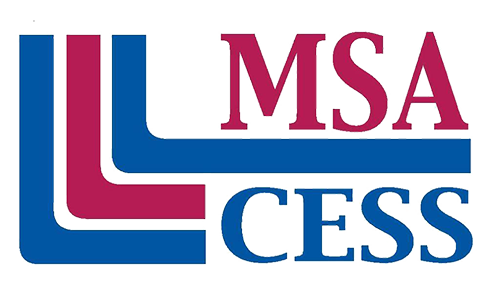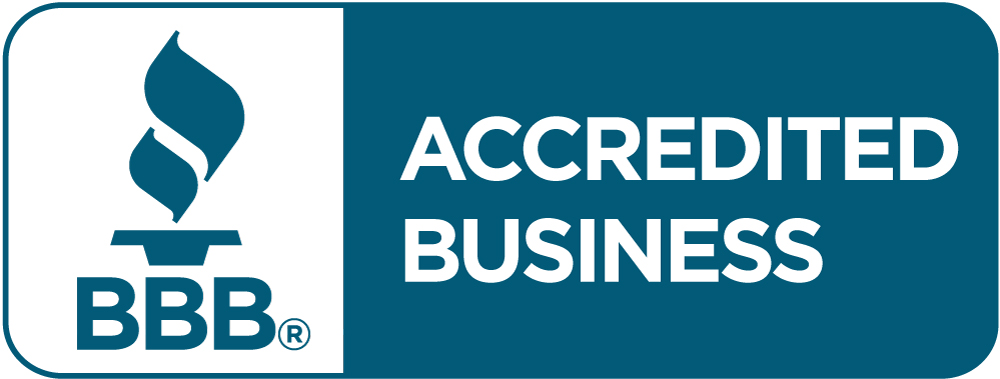Medical Assistants are often the first point of contact for patients in a healthcare setting. Whether working in a hospital, doctor’s office, or specialty clinic, they are expected to maintain a professional appearance that reflects both the standards of their workplace and the trust patients place in them. While exact rules can vary depending on the employer, there are common expectations that every Medical Assistant should know. Understanding these guidelines not only helps you make the right impression but also ensures safety, comfort, and professionalism on the job.
Why Dress Code Matters in Healthcare
In healthcare, appearance isn’t just about looking polished—it’s about hygiene, patient trust, and practicality. A neat and professional look shows respect for patients and coworkers. More importantly, following dress code standards reduces health risks by ensuring clothing and accessories don’t interfere with care or spread germs. Medical Assistants spend long hours moving between exam rooms, labs, and front desks, so their clothing must strike the right balance between professionalism and functionality.
Standard Medical Assistant Dress Code
Scrubs
The most common uniform for Medical Assistants is scrubs. These are lightweight, durable, and easy to clean, making them ideal for busy medical environments. Some employers require specific colors or styles for consistency across the team, while others allow flexibility as long as scrubs look professional. It’s best to keep several sets on hand so you always have a fresh, wrinkle-free outfit ready.
Footwear
Because Medical Assistants spend much of the day on their feet, shoes must be practical and safe. Closed-toe, non-slip shoes are typically required. Many choose athletic-style shoes or clogs designed for healthcare workers. Comfort and support should always take priority, since poor footwear can lead to fatigue and injury over time.
Identification
Most workplaces require Medical Assistants to wear an ID badge at all times. Badges ensure patients and staff can quickly confirm who you are, and in some facilities, they also provide access to secure areas. Employers often provide badge holders or lanyards that meet safety standards.
Jewelry and Accessories
Jewelry should be kept minimal for safety and hygiene reasons. Small stud earrings, a wedding band, or a simple watch are usually acceptable. Dangling earrings, large rings, or bracelets can be a hazard when working with patients and should be avoided.
Grooming and Personal Hygiene
Cleanliness is essential in healthcare. Medical Assistants are expected to maintain neat, professional grooming habits. Hair should be tidy and pulled back if long. Fingernails should be short and clean—many workplaces prohibit artificial nails or nail polish because they can harbor bacteria. Strong fragrances such as perfumes or heavily scented lotions should also be avoided, as patients may have allergies or sensitivities.
Dos and Don’ts for Medical Assistant Dress
Do:
- Wear fresh, clean scrubs each shift.
- Invest in supportive shoes designed for long hours.
- Follow color or style codes if your workplace requires them.
- Keep hair, nails, and facial hair well-groomed.
- Always wear your ID badge visibly.
Don’t:
- Wear sandals, flip-flops, or high heels.
- Apply heavy perfume or cologne.
- Wear excessive jewelry that could interfere with patient care.
- Show up in wrinkled, stained, or worn-out scrubs.
- Ignore your workplace’s specific policies or uniform standards.
Workplace Variations in Dress Code
While scrubs are the standard, different settings may have unique requirements:
- Private Practices: Smaller offices may allow more flexibility in scrub colors or styles, but professionalism is still required. In some cases, Medical Assistants may also wear lab coats over their scrubs.
- Hospitals: Large facilities often assign specific scrub colors to each department to make staff roles easy to identify. Policies are usually very strict and closely enforced.
- Specialty Clinics: Certain clinics, such as pediatric or OB/GYN offices, might prefer staff to wear different uniforms. Always check with your employer about what’s required.
Adhering to dress code guidelines is about more than just following rules. It affects how patients see you and how effectively you can perform your job. Patients often feel more comfortable and reassured when staff appear professional and put-together. Clean scrubs, neat grooming, and appropriate footwear also help you do your job safely and efficiently.
Tips for Choosing the Right Workwear
- Buy Quality Scrubs: Invest in scrubs that fit well, resist stains, and hold up after repeated washes.
- Rotate Out Old Sets: Replace scrubs that look worn, faded, or stretched out.
- Focus on Comfort: Look for comfortable shoes with good arch support.
- Stay Prepared: Keep an extra pair of scrubs and socks at work in case of spills or accidents.
- Check Policies Regularly: Dress code rules can change, so make sure you stay up to date with your employer’s requirements.
Final Thoughts
As a Medical Assistant, how you present yourself is a key part of your role. A clean, professional appearance builds patient trust, keeps the workplace safe, and helps you stay comfortable throughout long shifts. While specific requirements vary, the basics—scrubs, supportive shoes, neat grooming, and minimal accessories—remain the same across most healthcare settings. By following these guidelines, you’ll not only meet employer expectations but also feel confident and prepared in your role.
Want to learn more about becoming a Medical Assistant? Contact ACI Medical & Dental School today!








